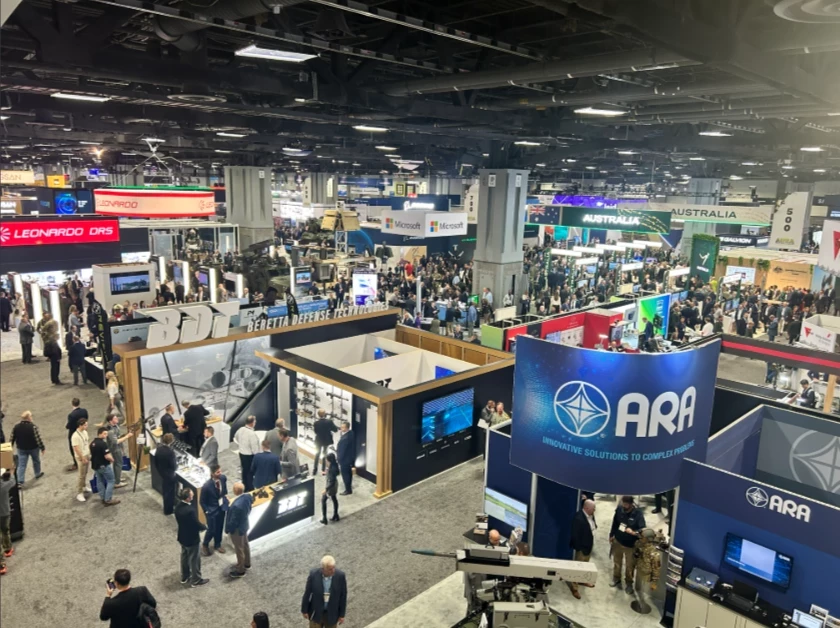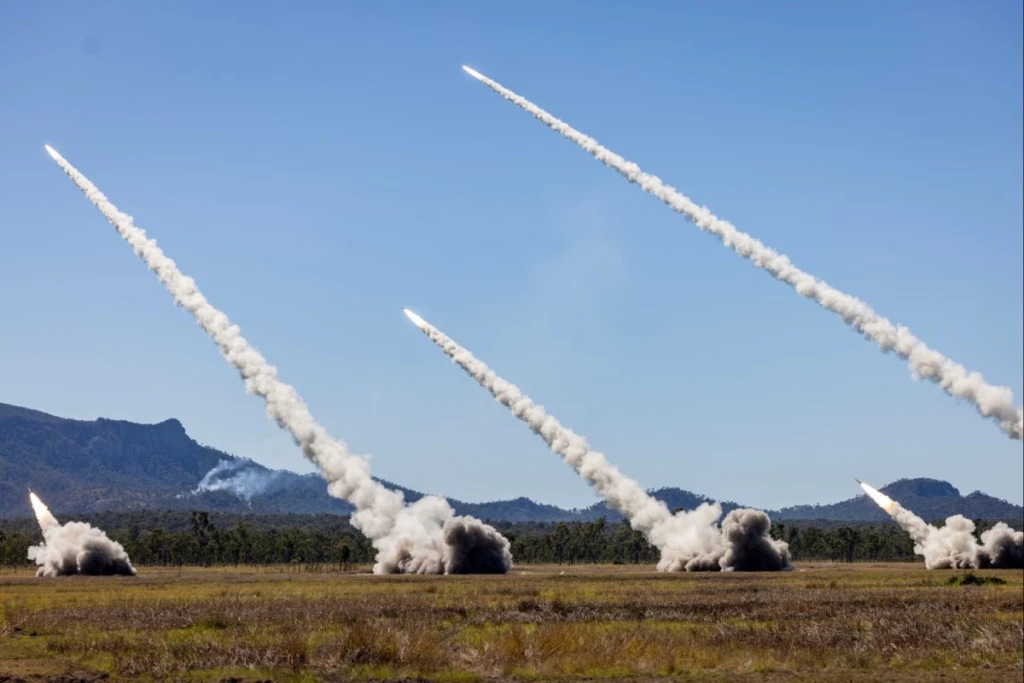Additive Manufacturing in the US Defense Domain
Interview with John Wilczynski Interview
Add bookmark
How would you describe the current state of additive manufacturing in the defence sector?
I would say that it's the area where we're most engaged as an institute. America Makes has been working in this public-private space of trying to connect industry, academia and government around additive technology. Being our 10th year of doing it, most of our work has been with the Department of Defense. There has been tremendous progress that has taken place.
Would you say that the interest is either DoD lead, industry lead, or is it a 50/50 situation?
The DoD is looking to have a capability. They are trying to realize some particular outcome. The DoD have a mission, and with that comes requirements. Those requirements ultimately drive the industry to develop technology and work towards realizing this capability for the dead.
But I think what is interesting is the reality of the defense community and the kind of defense industrial base having the same mission. Both are in lockstep but have the pool coming from the DoD, which is critically important and its ability to advance the technology and move it to the point where we are looking to introduce it on weapon systems.
Some declare AM is the next revolution, the next steam engine by some of the hardest proponents. How far are we from the technology these proponents so vigorously tout, essentially are we there yet? Are we getting there yet, or is it managing your expectations?
I think it is between we're getting there and managing your expectations and that may come across as pessimistic, but that's not the case, it's more about understanding how and where to use advanced manufacturing, whether it's additive or any other advanced manufacturing technology.
Do you say that you have business cases where AM was critical for the delivery?
There are not a lot of folks who are very open with how and where they are using any technology, whether it is additive or anything else. People do not openly talk about how they are producing systems. We believe through conversation that that is the case.
In some cases, the opportunity or the introduction of additive creates a capability that is otherwise not something they can produce through welding and joining, it is not as efficient. So, we know there are cases around.
Those are very much universal friction points which AM has throughout, including in the commercial sector. Are there any friction points specific to the defence sector you find?
I do not think there are any differences from what we see on the commercial side. They have all the same problems. We have a lack of community that can respond to RFPs. There aren't that many manufacturers who can meet the requirements of some of these systems. So that's driving particular activities within organizations. It's all things that everyone is actively working on and for.
I don't see that as vastly different from what we're seeing on the commercial side. Same with the workforce capability as we're introducing this new technology. How well the workforce understands it ultimately affects how quickly the technology is adopted, but again, I don't see that as different from what we're seeing on the commercial side. I would say I guess I'll take all of that back and say I think there's maybe one that is a bit unique, which is on the.
Are there any specific benefits of AM operating in the defense space?
The advantage I see is the connection between the defense industrial base and the Department of Defense. They talk openly about where their needs are and some of the work that we've done in trying to coordinate the response there, and ultimately, we all like to road map and do workshops and do those kinds of things. We're all working towards it and developing an investment strategy that makes sense within the technology.
We've seen the Department of Defense adopt that approach and try to bring their needs forward while following all rules and keeping up with competition and all they need to do as a government agency.
Speaking about relationships with the DoD, are there any investment strategies implemented that you would like to highlight?
American Makes have worked with the Department of Defense for four years. 2016 was the first Department of Defense Additive Manufacturing road map we produced together. There have been some modifications. Ultimately it's all folded into our investment strategy at the Institute.
It's like to use the term member-driven. For us, it's not just about an academic or a small business or a nonprofit bringing some concept forward. Our membership includes the Energy Department or the Department of Energy, Department of Defense, Transportation, Food and Drug Administration. All of these folks come together. All those requirements get pooled together, and when you peel back some of the very specifics of how they want to use it, some of the fundamentals go back to that rising tide lifts all boat mentality. Investment in these critical areas will ultimately affect a large portion of the population.


























